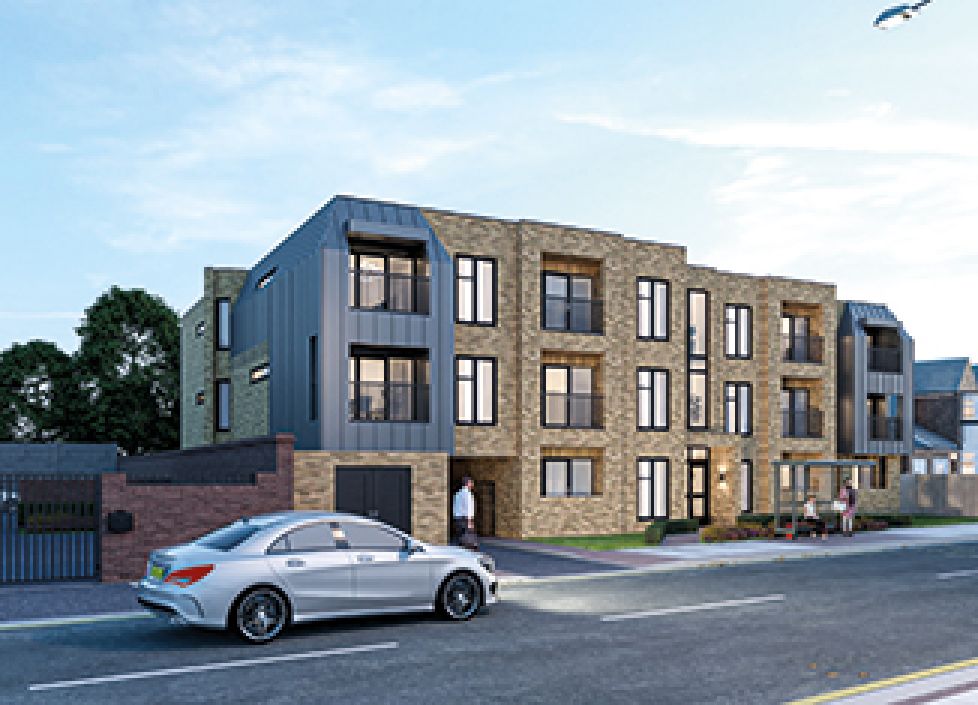Capital Economics (CE) has just released its latest Commercial Property Update, with a forecast for how the firm thinks 2018 will shape up.
The firm reports: ‘After three consecutive years of yield-driven, double-digit capital growth, the outlook for European commercial property in 2018 looks less clear cut. What’s more, it’s fair to say that we believe that the prime market has now passed its peak in all aspects – investment activity, rate of inward yield shift, rental value growth and therefore capital growth and total returns.’
The firm outlined some major themes across Europe that it thinks will shape commercial property performance in 2018:
• Occupier demand will keep the office vacancy rates falling. Against a backdrop of solid economic growth, the outlook for occupier demand and rental growth is encouraging. CE expects the pace of GDP growth across the Eurozone in 2018 to be similar to last year, at close to 2.5%. This would be the first time since 2006-07 that the single currency area has grown in excess of 2% in consecutive years. Although the rate of job creation is expected to have peaked last year, at 1.7%, the 2018 forecast of 1.5% would still be almost double the long-term average of 0.8%. This means that office demand should be strong again this year across the EU.
• At the same time, new office supply in the Eurozone this year is projected to be similar to the 3m sqm of floor space estimated to have completed in 2017. This is equivalent to a little under 1.5% of stock. Thus, with a fairly small pipeline, CE estimates that the office vacancy rate for the Eurozone will fall below 7% for the first time since at least 2008, ending the year at close to 6.5%. This will continue to support solid rental value growth for offices.
• However, limited yield falls will also mean the end of strong capital gains. The weight of capital seeking to invest in real estate and competition for a fairly limited pool of available prime assets is likely to see yields edge lower this year. But the bigger picture is that yields are close to finding a floor, meaning that the days of strong yield-driven capital value growth are behind us.
• The European Central Bank (ECB) will continue its monthly asset purchases until at least the end of September, albeit at a reduced €30bn, as opposed to €60bn previously. At the same time, CE does not expect any change to interest rates in the Eurozone this year, so if the Bank of England raises rates in 2018, Sterling could make further gains against the Euro.
• For industrial property, rental growth is expected to slow, but still outperform its long-term average. The report states: ‘The industrial sector has shifted from being the ugly duckling of the real estate world, to being the darling, supported by the rise in ecommerce. Strong economic growth this year bodes well for a continuation of robust occupier demand and rental value growth. However, we expect that the recent uplift in rents will trigger increased levels of speculative development. Indeed, reports suggest that some markets are already seeing increased volumes of speculative starts. And together with increased demand for build-to-suit units, we think that this will be a headwind for rental value growth. Indeed, at around 1.5%, average European industrial rental growth this year is forecast to slow from the rates of 2% or more likely to have been recorded in 2017. Nonetheless, rental growth this year will still be some of the strongest over the past 10 years.’
Industrial rental values in France are expected to perform particularly well this year. Economic growth in France is likely to stay close to 2% in 2018, supporting decent rates of take-up. There will also be positive support from strong retail demand, as well as the trend towards larger distribution hubs. CE expects prime rents in both Paris and Lyon to increase by 2.3% on average this year.
• German retail rents are expected to stagnate however. CBRE data indicates that prime high street rents in Berlin, Frankfurt and Hamburg fell in Q3 last year – the first decline since the early/mid-2000s. With rents already high and growing competition from online retailers further rent increases look unlikely this year for German retailers.
• Finally, Oslo office rental growth is expected to surprise to the upside in 2018. Following on from the unexpected strength of the Oslo office market in 2017, CE is forecasting that rents will climb by around 8% this year. Solid GDP and employment growth in Norway is expected to push down office vacancy rates.
Last January, Capital Economics predicted that prime yields in Europe would fall by around 15-20bps, which was very accurate as they fell by just over 20bps in 2017.




















